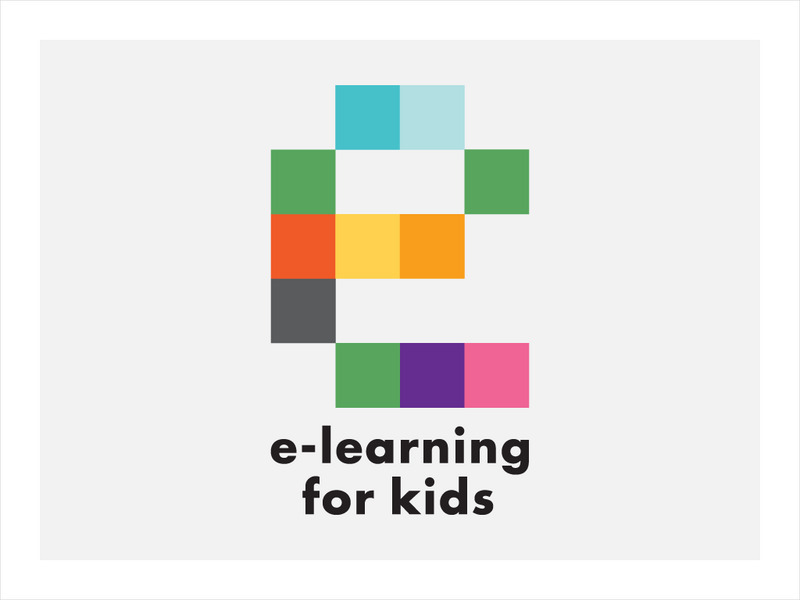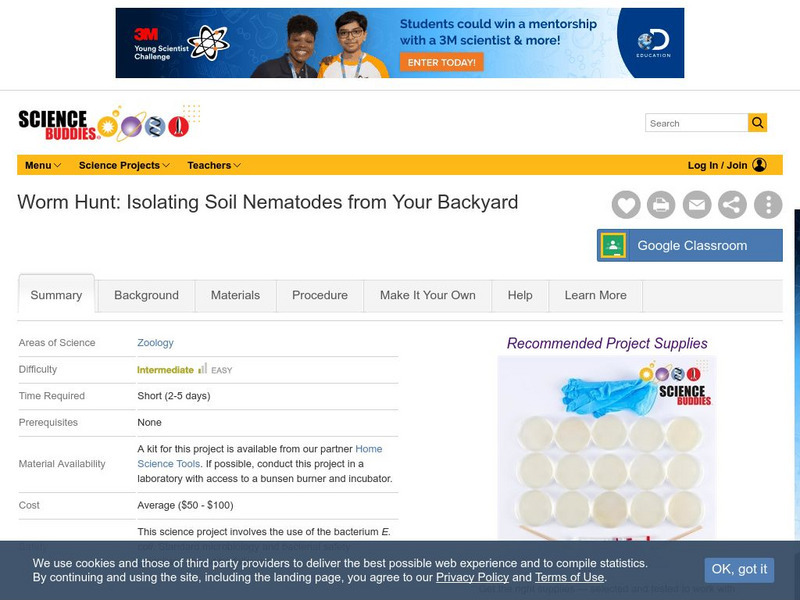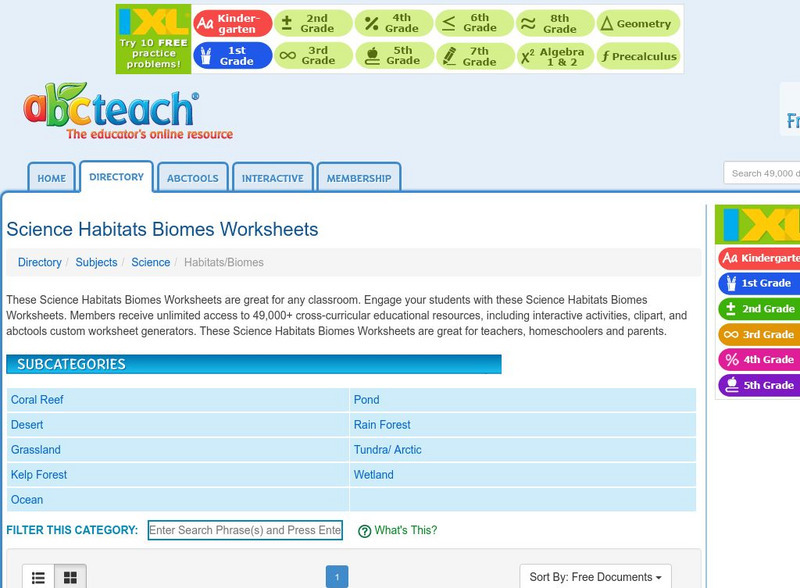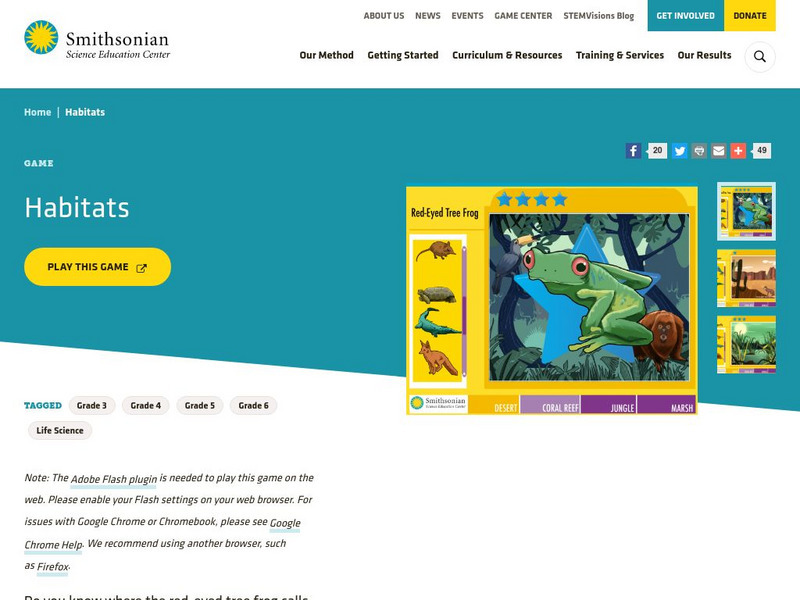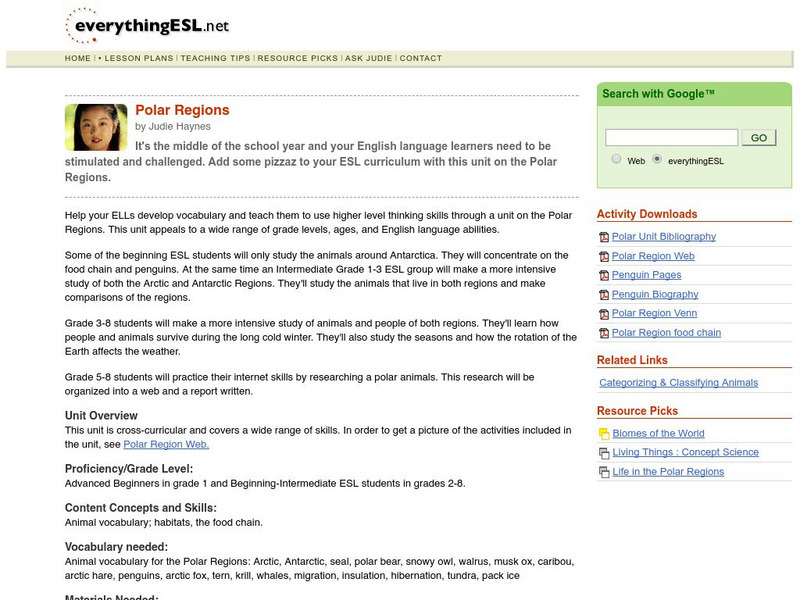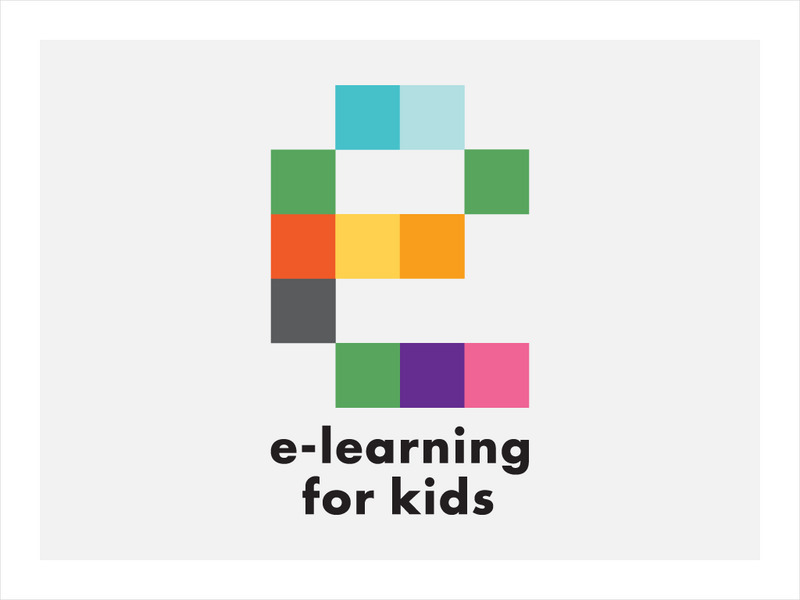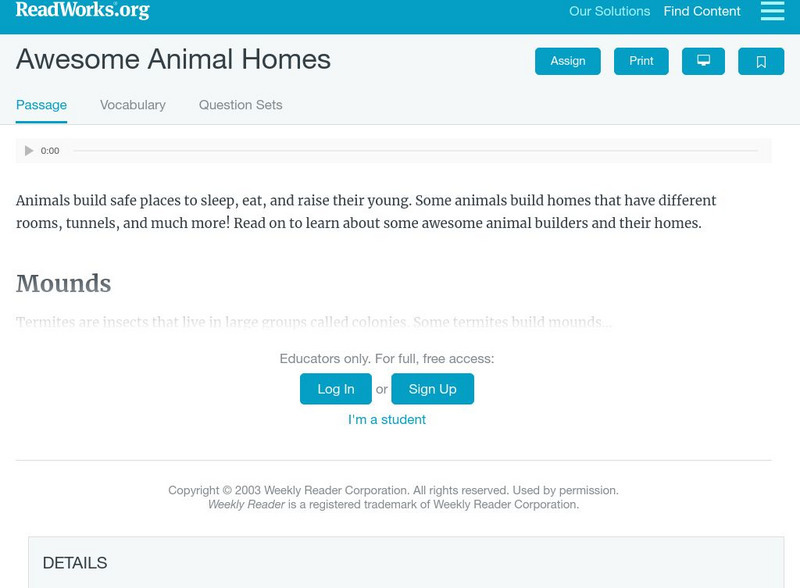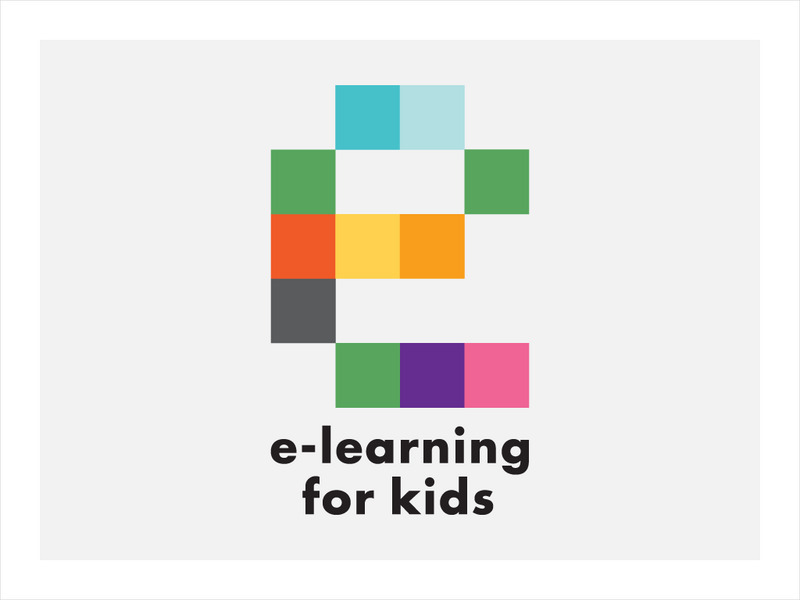Science Buddies
Science Buddies: Home Sweet Biome: How Do Plants Grow in Different Environments?
In this science fair project you will learn about biomes and how different climatic conditions affect plant growth. This can explain why some plants and animals are similar in different areas of the country, and in other parts they are not.
E-learning for Kids
E Learning for Kids: Science: Easter Island: What Can We Find in a Pond?
Explore Easter Island in this module to learn about the animals and their habitats.
BSCS Science Learning
Bscs: Restoring Ea Middle School Science Unit
Restoring Ea is a place-based middle school science unit exploring management strategies that could be used for the Loko ea fishpond to sustainably feed people and ensure the ecosystem is healthy and pono (balanced). While specifically...
Science Buddies
Science Buddies: Worm Hunt: Isolating Soil Nematodes From Your Backyard
Nematodes, also called roundworms, are the most abundant animal on Earth and can be found in your back yard, playgrounds, and many other places. This lab involves isolating nematodes from several soil samples to discover the best...
Georgia Department of Education
Ga Virtual Learning: Ap Environmental Science: Terrestrial Biomes and Land Use
How we can live sustainably on our natural resources while also preserving enough nature so these resources can be replenished represents one of the most important questions in environmental science. Through learning about terrestrial...
The Wonder of Science
The Wonder of Science: 3 Ls4 3: Habitats and Organism Survival
Work samples, phenomena, assessment templates, and videos that directly address standard 3-LS4-3: habitats and organism survival.
Science Buddies
Science Buddies: What Is Home Sweet Home to a Bug?
If you had to choose between having your favorite dessert, going to a movie, or spending the night at a friend's house, which would you choose? This project shows you how you can "ask" a sowbug (or pill bug) a similar question in order...
Channel 4 Learning
4 L: Science Essentials: Choose Life
A great review for understanding life cycles and many aspects of living things. Find topics and their main ideas, vocabulary review, quizzes, and complementary activities for teachers to use.
abcteach
Abcteach: Habitats and Biomes
[Free Registration/Login Required] Find a variety of activities for children to do as they learn to identify varying habitats and biomes. Included are links to an even more extensive list of resources under coral reef, desert, grassland,...
E-learning for Kids
E Learning for Kids: Science: Caribbean Sea: Pirates: What Are Some Common Habitats?
Pete is shipwrecked and exploring environments around him. Want to join him as he learns about plant and animal habitats?
Smithsonian Institution
Smithsonian Science Education Center: Habitats
Explore different habitats and match them to the animals that belong there. After choosing a correct animal, click on the caption to get information about it.
Everything ESL
Animal Habitats: The Polar Regions
Stimulate and challenge your ESL young scholars with a unit on Polar regions. Students will use higher level thinking skills while learning about animals, habitats and food chains. You will find many downloadable pages.
E-learning for Kids
E Learning for Kids: Science: Mexico: What Is a Habitat?
Sofia came back from a trip around the world. She noticed how each animal she saw belonged to a certain habitat. Help her learn about animal habitats and the species that live there.
E-learning for Kids
E Learning for Kids: Science: Nova Zembla Expedition: How Are Different Organisms Suited to Their Habitats?
Alex and Foxy White are walking around looking at animals and learning about their habitats. Join them on their expedition.
Cornell Lab of Ornithology
Habitat Network: Vernal Pools Connect Otherwise Isolated Habitats
See how the change in weather and precipitation creates vernal pools and a connection of isolated habitats.
Read Works
Read Works: Awesome Animal Homes
[Free Registration/Login Required] Students read about how different types of animal homes, including mounds, nests, burrows, and lodges. A question sheet is available to help students build skills in drawing conclusions.
E-learning for Kids
E Learning for Kids: Science: Hawaii: What Can We Find in a Garden?
Daisy is learning all about the animals and plants that live in her beautiful garden. Join her and learn about habitats, too.
Discovery Education
Discovery Education: Habitats of the World
This site has a lesson to use to start a unit on biomes and animal habitats. This plan incorporates grasslands, temperate forests, tropical rainforests, deserts, polar ice regions, and tidepools.
Other
Teaching Ideas for Primary Teachers: Science Ideas
A great resource to discover fun new activities to use in your classroom. Activities are age-appropriate, and span several science topics.
NOAA
Noaa: Ocean Facts on Marine Fish Habitats
The depletion of marine fish habitats from NOAA affects more than just the fish - it can affect you too! Learn facts about the importance of habitat preservation for science, and for people like you.
E-learning for Kids
E Learning for Kids: Science: Pacific Ocean: What Can We Find on a Beach?
Josephine lives on the Marshall Islands. Follow her to the beach and find out what kinds of plants and animals live there.
Cynthia J. O'Hora
Mrs. O's House: Habitat Project Digital Science Journal
Develop a digital story to illustrate and inform others about different habitats or ecosystems. Resources for building a digital story are provided.
American Geosciences Institute
American Geosciences Institute: Earth Science Week: Freddy the Fish
Explore how pollution can affect natural organisms and habitats.
National Science Foundation
National Science Foundation: Fluorescent Coral
Justin Marshall researches fish and invertebrate color vision, color communication, and visual ecology of coral reefs and other habitats. He photographed this fluorescent coral under fluorescent lighting conditions
Other popular searches
- Elementary Science Habitats
- Life Science Habitats
- Ks2 Science Habitats
- Desert Habitats Science
- Esl Lessons Science Habitats
- Science Habitats Lesson

